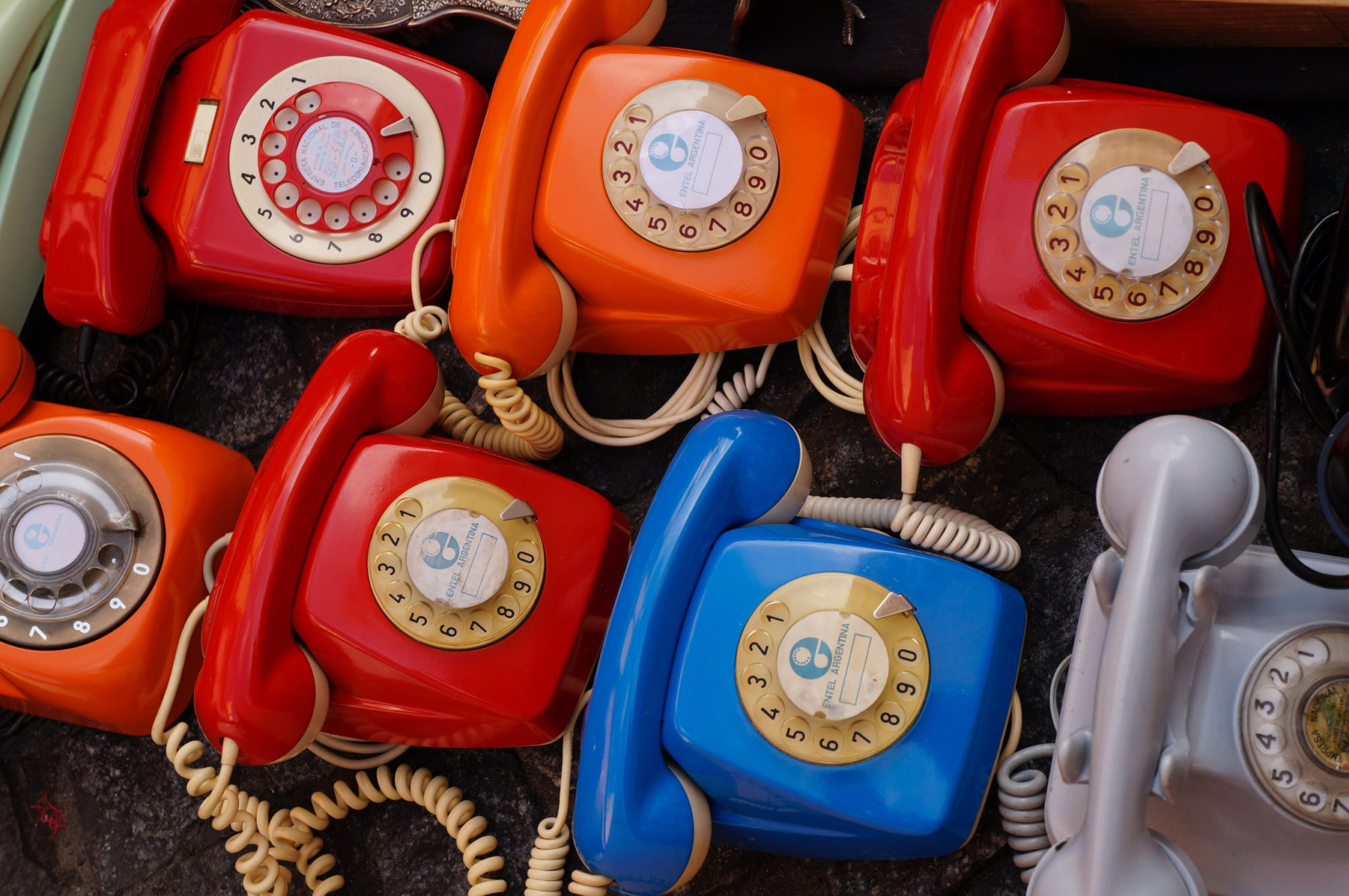In the early days of the internet, a professor at Northwestern's Kellogg School of Management said something to me that's been rattling around in my head ever since: "Once you can manage something by wire, it doesn't matter how long the wire is."
The professor, Mohan Sawhney, was referring in particular to the possibility of managing factories from a great distance, but his insight from the late 1990s describes so many other possibilities, too. Basically, once a process becomes digital, you can do it from anywhere — and COVID-19 is greatly accelerating the digitalization of insurance processes.
So, let's ponder for a moment what has historically been done face-to-face that will now be done remotely. Lots has been written about the surge in telemedicine, and that's certainly an important trend that seems likely to continue, but that's just the start. Remote handling of claims and sales will get a big boost from our experience during the pandemic and, perhaps, fear of future ones. So will an area I hadn't thought much about until recently: property inspections.
Telemedicine has dominated the "tele-" discussion for good reason. We've been social distancing for months now, but people still need medical care beyond COVID-19, and a lot have realized that a doctor doesn't have to say, "Stick out your tongue, and say 'aahhh,'" to diagnose and treat many issues. Telemedicine had already been proven as a concept. It was just being held back by regulatory issues such as how to license doctors communicating across state lines and by the sort of uncertainty that comes as any truly new approach is adopted. So, when COVID-19 demanded remote treatment, telemedicine was ready.
Telemedicine is so much more convenient for both doctors and patients that it will continue to grow, though I see it becoming an integrated part of healthcare rather than a separate form of care. A doctor can't fully evaluate me remotely, but if tele-visits become part of my relationship with my primary care physician, they could remove any worries I might have while helping the doctor spot problems sooner than he or she would if we waited for my annual seven minutes in front of the doc. Similarly, telemedicine capabilities could be added to what on-site clinics offer at many bigger companies. Telemedicine is already starting to be done to triage injured workers. I can imagine plenty of uses in caring for mental health, even beyond what's possible via phone hot lines; a sympathetic face can mean a lot. Elder care seems promising, too — just looking into a nonagenarian's eyes and talking to him or her for a minute can tell you a lot. (My mother, who just turned 90, still beats most of us at bridge online, so I'm excluding her from the possible beneficiaries of any acuity assessment.)
(If you're interested in reading more about the possibilities of telemedicine, this article from McKinsey is quite thorough.)
Claims have been getting attention, too, because they were already heading in a do-it-yourself direction before COVID-19, and the trend has picked up speed. I remember how radical it seemed when Robin Roberson founded WeGoLook and we helped her promote her network of thousands of "lookers," who were dispersed around the country and could go take photos of damage, saving an insurer the cost of dispatching an adjustor. But who needs lookers now? Everyone has a camera and, guided by a remote expert — on as long a "wire" as you like — can document the damage without the need for a visit by an adjustor. Claims will keep getting more "tele-," and probably quickly.
Sales have been slower to go remote. People do much of their research online but have still finalized an awful lot of contracts face-to-face. Not so much now. Avoiding handshakes and wearing masks has taken a lot of the magic out of in-person meetings, even when they're allowed. And, now that sales can be done remotely, we'll have to see just how remote they become. I have a feeling I won't see nearly so many "Insurance" signs in strip malls any more.
Property inspections have already gone a bit "tele-." It's now possible to have a drone fly around a house and take photos of the exterior while providing exact measurements, without making a guy with a tape measure spend an hour crawling through the bushes and climbing onto the roof. But that seems to be just the beginning, partly thanks to COVID-19. Startups such as Flyreel are enabling DIY inspections: You walk around your home or apartment, documenting everything that's there while the expert on the other end of the video call asks questions. "Are those countertops granite?" "Could you go a little closer to the wall; I need to see if that's dry rot?" You not only save time by not having to dispatch an inspector but wind up with a precise, video record of the state of a property — "Sorry, but no, that couch wasn't brand new...."
Brett Jurgens, who is the CEO at an interesting "smart home" startup called Notion (and who introduced me to Flyreel), speculated that DIY could move beyond inspections in a way that blends insurance and maintenance. Why would you have to call a plumber, for instance, when you might be able to just call one, show him or her the problem and ask for advice? How many other visits could be handled remotely, perhaps as part of some sort of subscription service? (Free idea, independent of insurance, for someone: Having killed my share of plants over the years, I'm betting some "plant doctor" could sell inexpensive subscriptions for remote monitoring and advice.)
I think that Jurgens is on to something and that, if we let our minds roam, we can imagine all sorts of possibilities for remote handling of processes, well beyond healthcare, that now just have to happen in person. And that's without getting into the sort of internal realignment that companies in the insurance industry will go through as they decide how much work will be done in the office and how much can be done from home — another topic for another day.
Stay safe.
Paul
P.S. Here are the six articles I'd like to highlight from the past week:
4 Key Changes to WC From COVID-19
How companies respond to these changes in workers' comp may determine their survival in a challenging economic environment.
How Startups Will Save Insurance
The evolution is unstoppable because innovation benefits both the insurance markets and the underlying consumer.
Is Insurance Office Going Away for Good?
Take this time to plan how to restructure your business. As things settle out, you need to have permanent adjustments ready to go.
PRIA: A Tale of Two Policyholders
An uncomfortable reality is that a TRIA-style “make available” requirement would separate policyholders into the haves and the have-nots.
Planning for the Unknown Unknowns
In the New Normal, you cannot do as you did in the old normal, just harder. You need a new approach to strategy.
We can’t expect collective, nationwide resilience to flood events without innovation from FEMA and decisive action from Congress.








